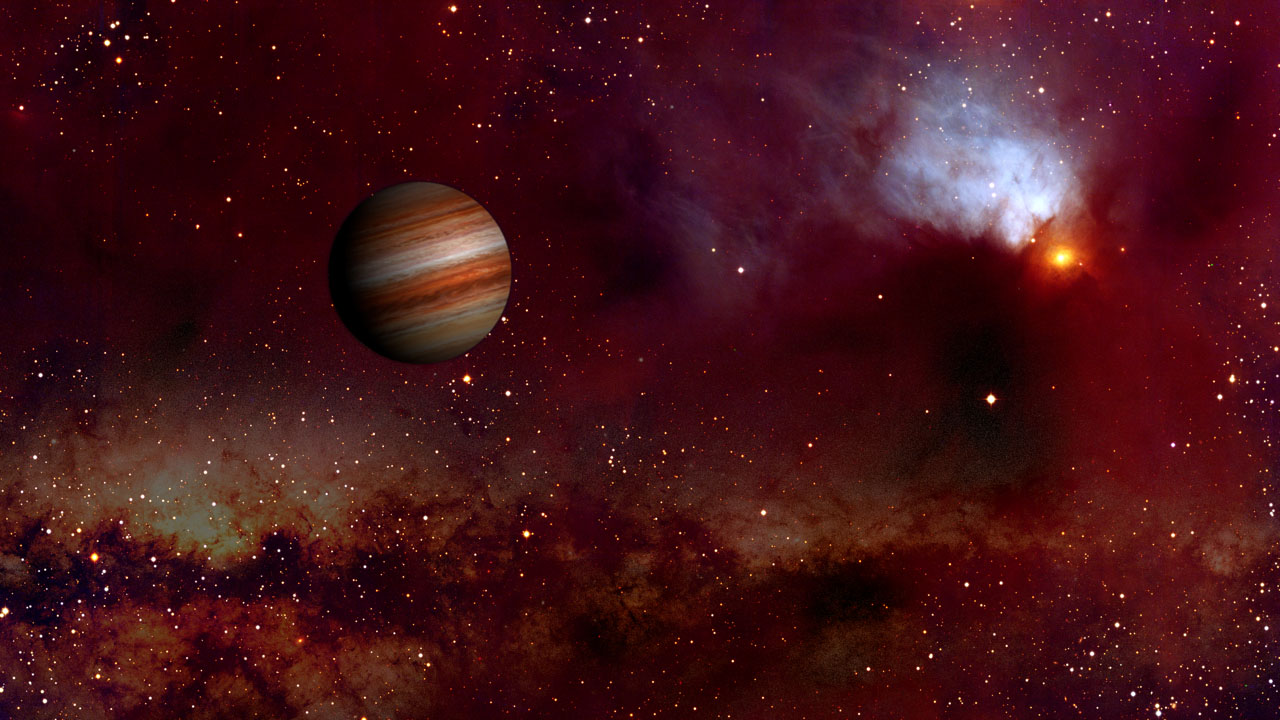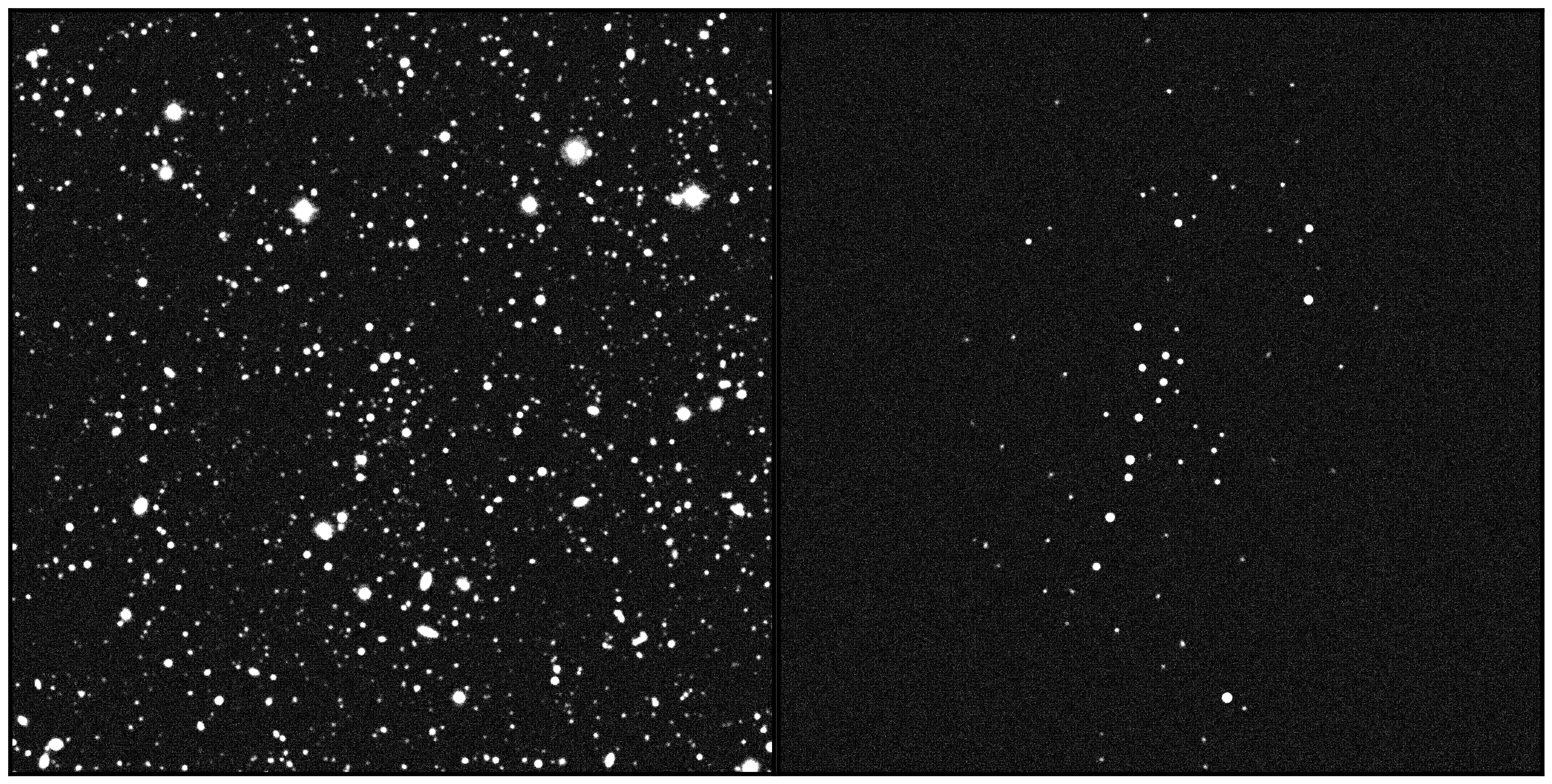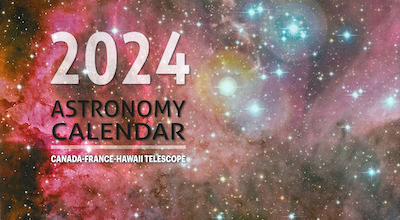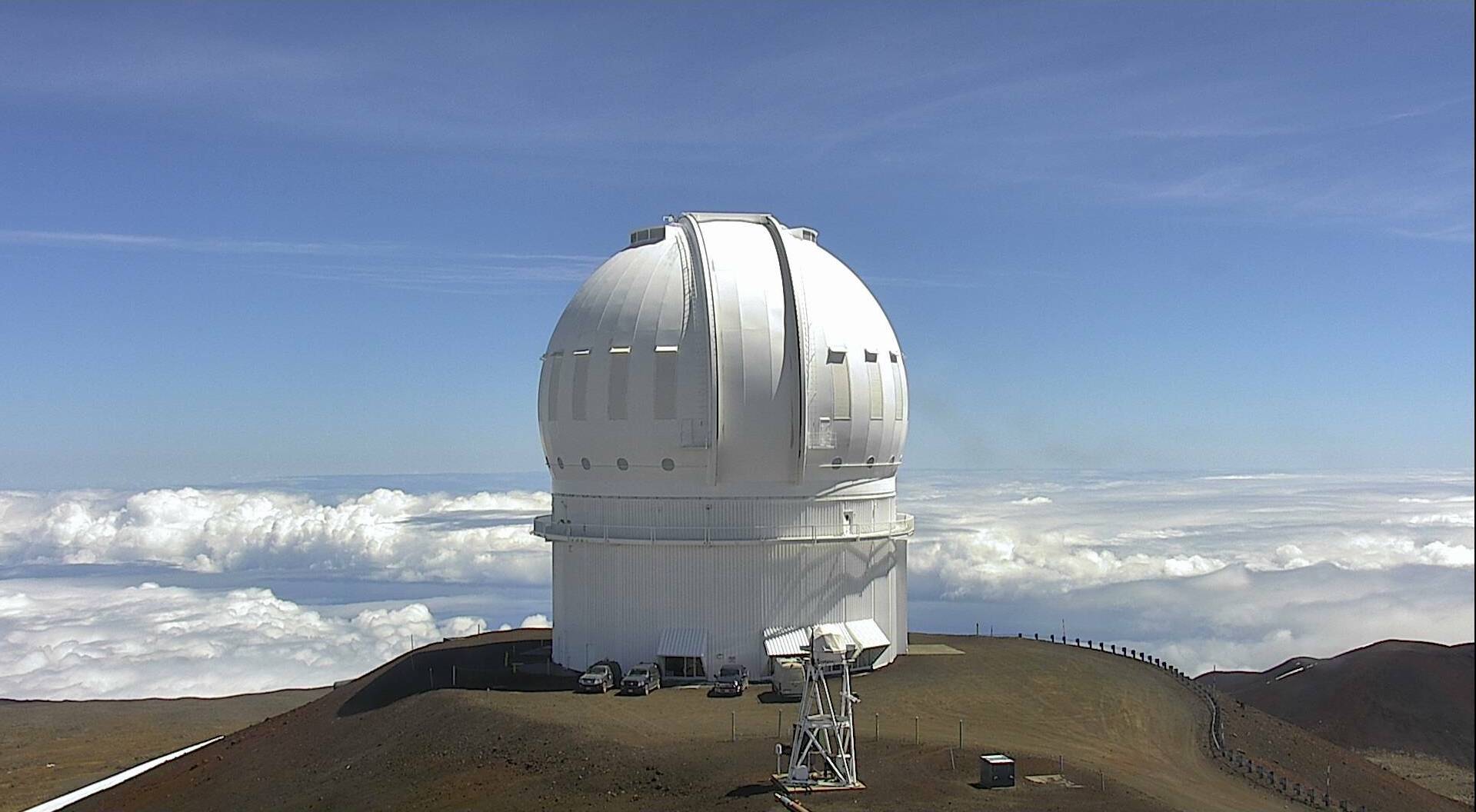Largest Collection of Rogue Planets Discovered in our Milky Way
A team of astronomers led by Dr. Nuria Miret-Roig from the the Laboratoire d’Astrophysique de Bordeaux, France and the University of Vienna, Austria, announced today in Nature the discovery of at least 70 new rogue planets in our galaxy, the largest group of rogue planets ever discovered, using data from telescopes around the world including CFHT’s suite of wide fielding imaging cameras. The discovery of this collection of rogue planets is an important step towards understanding the origins and features of these mysterious galactic nomads.
While rogue planets or free floating planets have masses comparable to the planets in our solar system, they do not orbit a star. They roam freely, thus making them elusive cosmic objects that can not be found using traditional planetary detection methods. Such planets are usually very difficult, almost impossible, to image directly. Prior to Miret-Roig’s survey, most rogue planets were found via microlensing surveys, in which astronomers watch for a brief chance alignment between an exoplanet and a background star. However, microlensing events only happen once, meaning follow-up observations are impossible.
Not many were known until now.
However, Miret-Roig and her team utilized the fact that, in the few million years after their formation, these planets are still hot enough to glow, making them directly detectable by sensitive cameras on large telescopes. To find these planets, Núria Miret-Roig used observations and archival data from a number of large observatories, including CFHT, facilities from NOIRLab, telescopes of the European Southern Observatory, and the Subaru Telescope, amounting to 80,000 wide-field images over 20 years of observations. used the 80,000 observations to measure the light of all the members of the association across a wide range of optical and near-infrared wavelengths and combined them with measurements of how they appear to move across the sky.
They found at least 70, and possibly as many as 170, new rogue planets with masses comparable to Jupiter’s in a star-forming region in the expansive Upper Scorpius and Ophiuchus constellations, just a few hundred light years away [1].
“We measured the tiny motions, the colours and luminosities of tens of millions of sources in a large area of the sky,” explains Miret-Roig. “These measurements allowed us to securely identify the faintest objects in this region, the rogue planets.”
The team also used data from the European Space Agency’s Gaia satellite, marking a huge success for the collaboration of ground- and space-based telescopes in the exploration and understanding of our Universe. The study suggests there could be many more of these elusive, starless planets that we have yet to discover.
“There could be several billions of these free-floating giant planets roaming freely in the Milky Way without a host star,” stated Hervé Bouy, astronomer at the Laboratorie d’Astrophysique de Bordeaux and project leader. “These objects are extremely faint and finding them is incredibly challenging with current telescopes”.
By studying the newly found rogue planets, astronomers may find clues to how these mysterious objects form. Some scientists believe rogue planets can form from the collapse of a gas cloud that is too small to lead to the formation of a star, or that they could have been kicked out from their parent system. But which mechanism is more likely remains unknown.
Over the past two decades, CFHT turned its science focus to wide field imaging and high resolution spectroscopy. The team utilized the archives from all three of CFHT’s wide field imagers: MegaCam, WirCam and the decommissioned 12K. The wide field of view, sensitivity in the near ultraviolet and near-infrared, and angular resolution of all three cameras proved critical to the team’s success in detecting the newly discovered rogue planets.
“CFHT’s suite of wide field instrumentation enables astronomers to analyze archival data in creative ways like we did in this work” said Emmanuel Bertin, CFHT resident astronomer and co-author on the paper. “Throughout its time on the sky MegaCam alone produced around 200TB of archival images which provide incredible opportunities for astronomers to use the data and make discoveries like this well outside the original science case.”
Further advances in technology will be key to unlocking the mystery of these nomadic planets. The team hopes to continue to study them in greater detail with many of the next generation telescopes being planned and launched like the James Webb Space Telescope, the Vera C. Rubin Observatory, and others.
credit: COSMIC-DANCE Team & Salmonick Production
Notes:
[1] The exact number of rogue planets found by the team is hard to pin down because the observations don’t allow the researchers to measure the masses of the probed objects. Objects with masses higher than about 13 times the mass of Jupiter are most likely not planets, so they cannot be included in the count. However, since the team didn’t have values for the mass, they had to rely on studying the planets’ brightness to provide an upper limit to the number of rogue planets observed. The brightness is, in turn, related to the age of the planets themselves, as the older the planet, the longer it has been cooling down and reducing in brightness. If the studied region is old, then the brightest objects in the sample are likely above 13 Jupiter masses, and below if the region is on the younger side. Given the uncertainty in the age of the study region, this method gives a rogue planet count of between 70 and 170. More information
This research was presented in the paper “A rich population of free-floating planets in the Upper Scorpius young stellar association” to appear in Nature Astronomy. It has received funding from the European Research Council (ERC) under the European Union’s Horizon 2020 research and innovation programme (grant agreement No 682903, P.I. H. Bouy), and from the French State in the framework of the ”Investments for the Future” Program, IdEx Bordeaux, reference ANR-10-IDEX-03-02.
The team is composed of Núria Miret-Roig (Laboratoire d’Astrophysique de Bordeaux, Univ. Bordeaux, CNRS, France [LAB]; University of Vienna, Department of Astrophysics, Austria), Hervé Bouy (LAB), Sean N. Raymond (LAB), Motohide Tamura (Department of Astronomy, Graduate School of Science, The University of Tokyo, Japan; Astrobiology Center, National Institutes of Natural Sciences, Tokyo, Japan [ABC-NINS]), Emmanuel Bertin (CNRS, UMR 7095, Institut d’Astrophysique de Paris,France [IAP]; Sorbonne Université, IAP, France, Canada-France-Hawaii Telescope) David Barrado (Centro de Astrobiología [CSIC-INTA], Depto. de Astrofísica, ESAC Campus, Spain), Javier Olivares (LAB), Phillip Galli (LAB), Jean-Charles Cuillandre (AIM, CEA, CNRS, Université Paris-Saclay, Université de Paris, France), Luis Manuel Sarro (Depto. de Inteligencia Artificial, UNED, Sp
Additional links
Isaac Newton Group of Telescopes News Release
NOIRLab News Release
ESO News Release
Subaru Telescope News Release
NAOJ News Release Poem by co-author Sean Raymond Media Contacts
Mary Beth Laychak
director of strategic communications, Canada-France-Hawai'i Telescope
808-885-3121
laychak@cfht.hawaii.edu
Scientific Contacts
Núria Miret-Roig
Department of Astrophysics, University of Vienna
Vienna, Austria
Tel: +43 1427753845
nuria.miret.roig@univie.ac.at
Hervé Bouy
Laboratoire d'Astrophysique de Bordeaux, Université de Bordeaux
Pessac, France
Tel: +33 5 40 00 32 94
herve.bouy@u-bordeaux.fr





